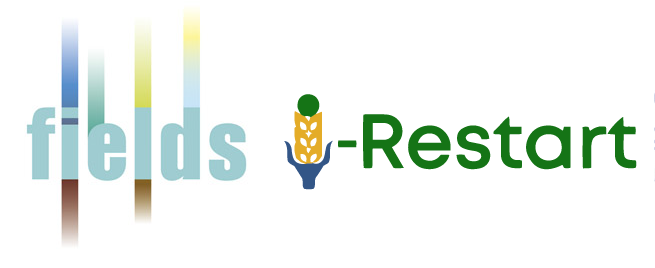Submitted by VesnaM on
Organisation:
Framework:
Country:
Keywords:
Climate Change
Date:
27/02/2020
Summary:
The National energy and climate plan is a strategic document that must set goals, policies and actions up to 2030 (with an outlook to the year 2040) for the five dimensions of the Energy Union:
1. decarbonisation (greenhouse gas (GHG) emissions and renewable energy sources (RES)),
2. energy efficiency,
3. energy security,
4. the internal energy market, and
5. research, innovation and competitiveness.
Political, economic, environmental and social framework of the National energy and climate plan:
The Government of the Republic of Slovenia adopted the Slovenian
Development Strategy 2030 in December 2017 (Strategija razvoja Slovenije - SRS 2030), a framework document on
national development that places quality of life for all18 at the forefront. The strategy incorporates
globally agreed sustainable development goals as well as five strategic orientations and twelve
interrelated development goals that lay down new long-term development foundations for Slovenia.
As is emphasised in SRS 2030, Slovenia's future development will depend greatly on its ability to
respond and adapt to trends and challenges in the global environment. Trends point to profound
changes, especially in demographic trends, pressures on ecosystems, competition for global
resources, and economic development. Co-operation and cohesion at global, European and national
levels and cross-border co-operation are thus increasingly important.
Slovenia is making steady progress in terms of quality of life and economic development and some
environmental pressures have been reduced. Nonetheless, in many areas of economic, social and
environmental development, it lags some way behind the most developed countries, with backlogs
that vary from one region to another.
In the decade preceding the outbreak of the 2008 crisis, Slovenia had achieved high economic growth;
during this, however, many structural deficiencies indicated even before the crisis that the
development model was unsustainable. During the crisis, GDP underwent a steep decline, which
severely undermined economic stability and had a negative impact on the well-being of the
population. In 2014, five years on, Slovenia started catching up with economically more developed
countries, and the stability of the banking system and public finances, damaged in the crisis, was
restored.
Slovenia faces demographic changes that will have a major impact on the future development of
society and the quality of life, namely the increase in the number of people over 65, the low fertility
rate and the decrease in the population in the age group 20 to 64. The demographic changes also
increase pressure on the financial sustainability of the social protection and pension systems.
In recent years positive shifts have been achieved in reducing the burden on the environment, which
is still overburdened by the Slovenian population through their lifestyle and production processes.
Although greenhouse gas emissions declined in the context of lower economic activity during the
crisis, nonetheless per unit of GDP their level remains higher than the EU average. Increased transit
road traffic and overall non-sustainable mobility are particularly problematic for the environment.
Total energy consumption is reduced on account of lower consumption in households and industry
but remains relatively high per unit of GDP due to the high proportion of energy-intensive activities.
Consequently, taking into account the dimension of the Energy Union, Slovenia will actively strive by
2030 to gradually decarbonise the energy-intensive industry and provide financial incentives for
restructuring production processes with the introduction of green technologies.
The Slovenian economy is above the EU average on the basis of its consumption of raw materials,
which is reflected in its lower material efficiency and reduces its competitiveness. In some areas, such
as the share of renewables and organic farming, Slovenia is more successful than the EU average.
Slovenia also has favourable natural resources, coastal and marine resources and diverse biodiversity,
but due to the inappropriate use of natural resources (especially in the areas of urbanisation,
agriculture and water management), the conservation of species and their habitats is deteriorating.
Application:
Entry force:
27/02/2020
Language:
Link:
Doc_Type:
STRATEGY

Comments: